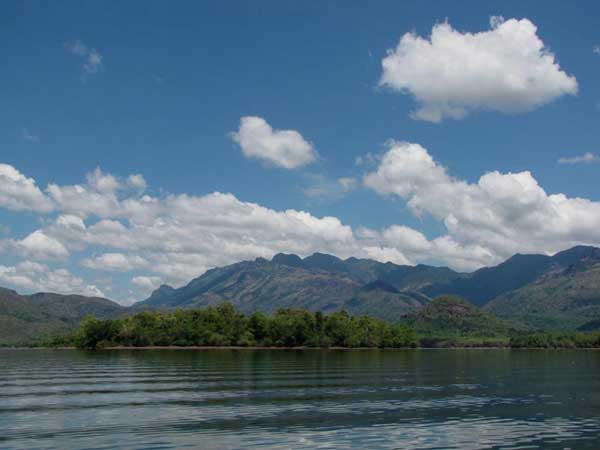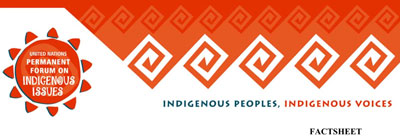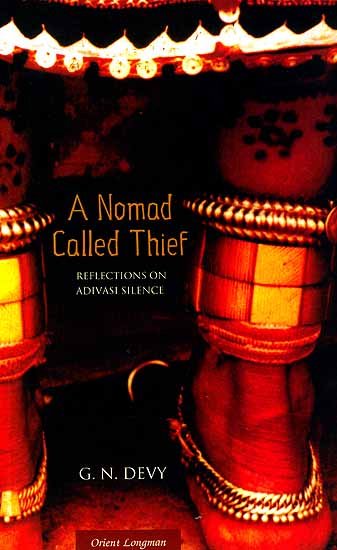
Photo courtesy Davidson Sargunam >>
What’s in a name?
India’s tribal population is as diverse as the country itself. The English word “tribe” appears to be appropriate here.
Some of the local Indian terms, on the other hand, may have connotations that are hard to gauge for outsiders (e.g. the political agenda underlying the introduction of “vanavasi” for adivasi).
For this reason, we have decided to use the words “tribe” and “tribal cultural heritage” in a respectful manner; and wherever possible, specify the name by which members of any particular community refer to themselves. In this context, it is helpful to take the following discussion into account:

UN Permanent Forum on Indigenous Issues >>
A question of identity
According to the UN the most fruitful approach is to identify, rather than define indigenous peoples. This is based on the fundamental criterion of self-identification as underlined in a number of human rights documents.The term “indigenous” has prevailed as a generic term for many years. In some countries, there may be preference for other terms including tribes, first peoples/nations, aboriginals, ethnic groups, adivasi, janajati. Occupational and geographical terms like hunter-gatherers, nomads, peasants, hill people, etc., also exist and for all practical purposes can be used interchangeably with “indigenous peoples”.
In many cases, the notion of being termed “indigenous” has negative connotations and some people may choose not to reveal or define their origin. Others must respect such choices, while at the same time working against the discrimination of indigenous peoples.
Source: United Nations Permanent Forum on Indigenous Issues
https://www.un.org/esa/socdev/unpfii/documents/5session_factsheet1.pdf
Date Visited: 26 June 2019

Ādivāsi [ādibāsi] may be used in accordance with local conventions; and increasingly so for official purposes (e.g. in “Conserving Tradition and Practices of Adivasi Communities in India” published on NIDM.gov.in); Dr. Ivy Hansdak clarifies:
“Adivasi – which is derived from Sanskrit – is applied to the dark-skinned or Austro-Asiatic indigenous groups of India (usually those from Eastern India). It is a commonly-used term in Jharkhand, Bihar, West Bengal and Odisha. It is also used by the local Mongoloid tribes of North Eastern India for the migrant workers who were brought in as indentured labourers to work in tea plantations during the colonial period. ‘Tribal’ is a very broad term in the English language and includes all the different indigenous groups of India. The terms ‘indigenous’ and ‘aboriginal’ are not used often as the government claims most groups are indigenous in India. ‘Denotified Tribes’ is only used for those nomadic tribes who were notified as ‘criminal tribes’ during the British Raj [colonial rule]; later they were ‘denotified’ but still bear the stigma.” (emails dated 2020 & 2023)

Reflections on Adivasi Silence and Voice by Ganesh [G.N.] Devy | Publications >>
A call for harnessing the potential of Denotified Tribes, Nomadic and Semi-Nomadic Tribes for national development: “India’s labour force must be liberated from an abhorrent colonial doctrine (‘criminality by birth’)” – Report and Recommendations of the Technical Advisory Group | “Adivasi”, “Tribals” and “Denotified tribes” (classifications in different states) >>
Tips for using interactive maps
Toggle to normal view (from reader view) should the interactive map not be displayed by your tablet, smartphone or pc browser
For details and hyperlinks click on the rectangular button (left on the map’s header)
Scroll and click on one of the markers for information of special interest
Explore India’s tribal cultural heritage with the help of another interactive map >>